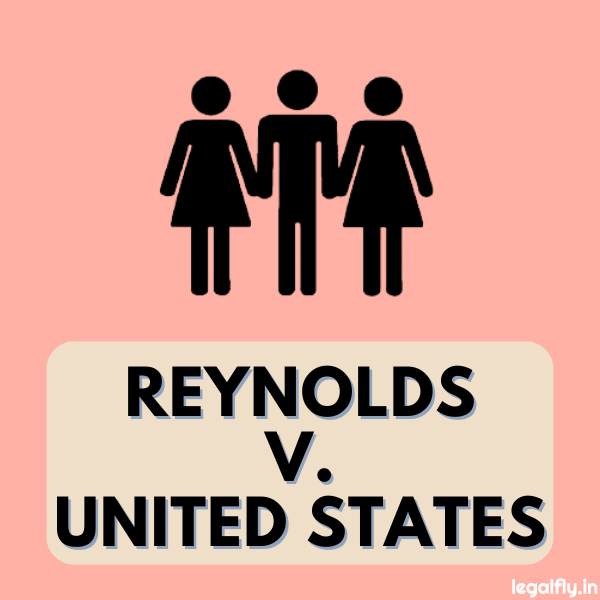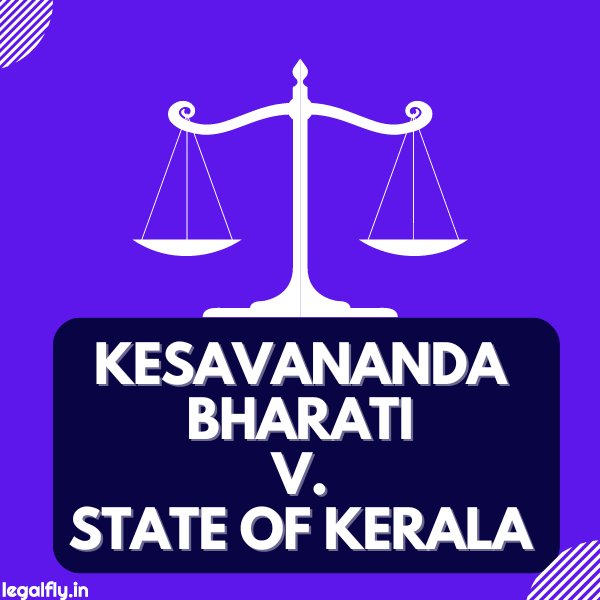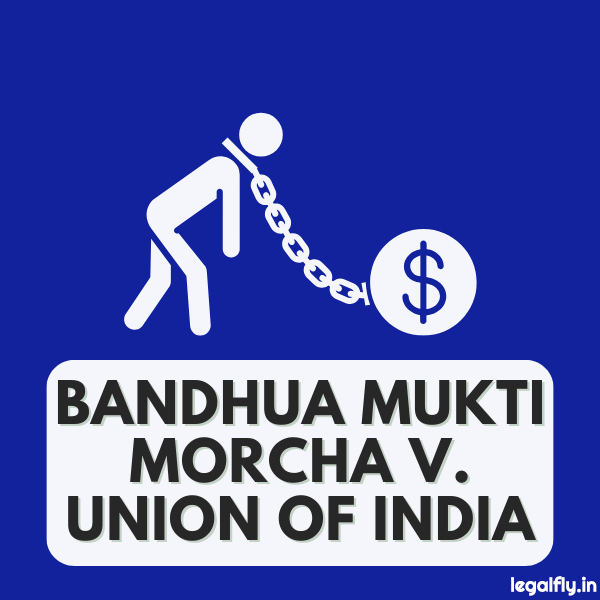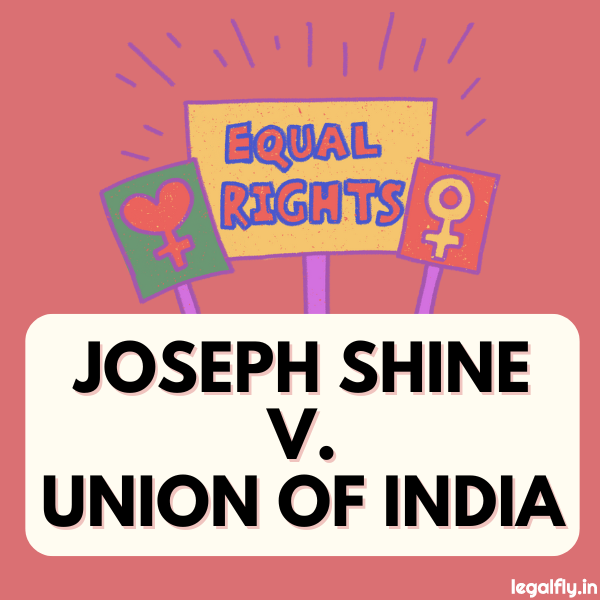Table of Contents
Case Name: Reynolds v. United States
Court: Supreme Court of the United States
Year: 1879
Citation: 98 U.S. 145 (1879)
Introduction
Reynolds v. United States is a landmark Supreme Court case from 1879 that addressed the tension between religious freedom and federal law. The case began when George Reynolds, a practising member of the Mormon Church, was convicted of bigamy. The Supreme Court ruled that religious duty was not a defence to criminal charges, upholding Reynolds’s conviction and establishing that while belief in polygamy could not be outlawed, its practice could.
This case was the first time the Supreme Court interpreted the First Amendment’s protection of religious liberties. The decision underscored the principle that the free exercise of religion is not absolute when it conflicts with federal law. This profoundly impacted how religious practices are balanced with legal obligations in the United States.
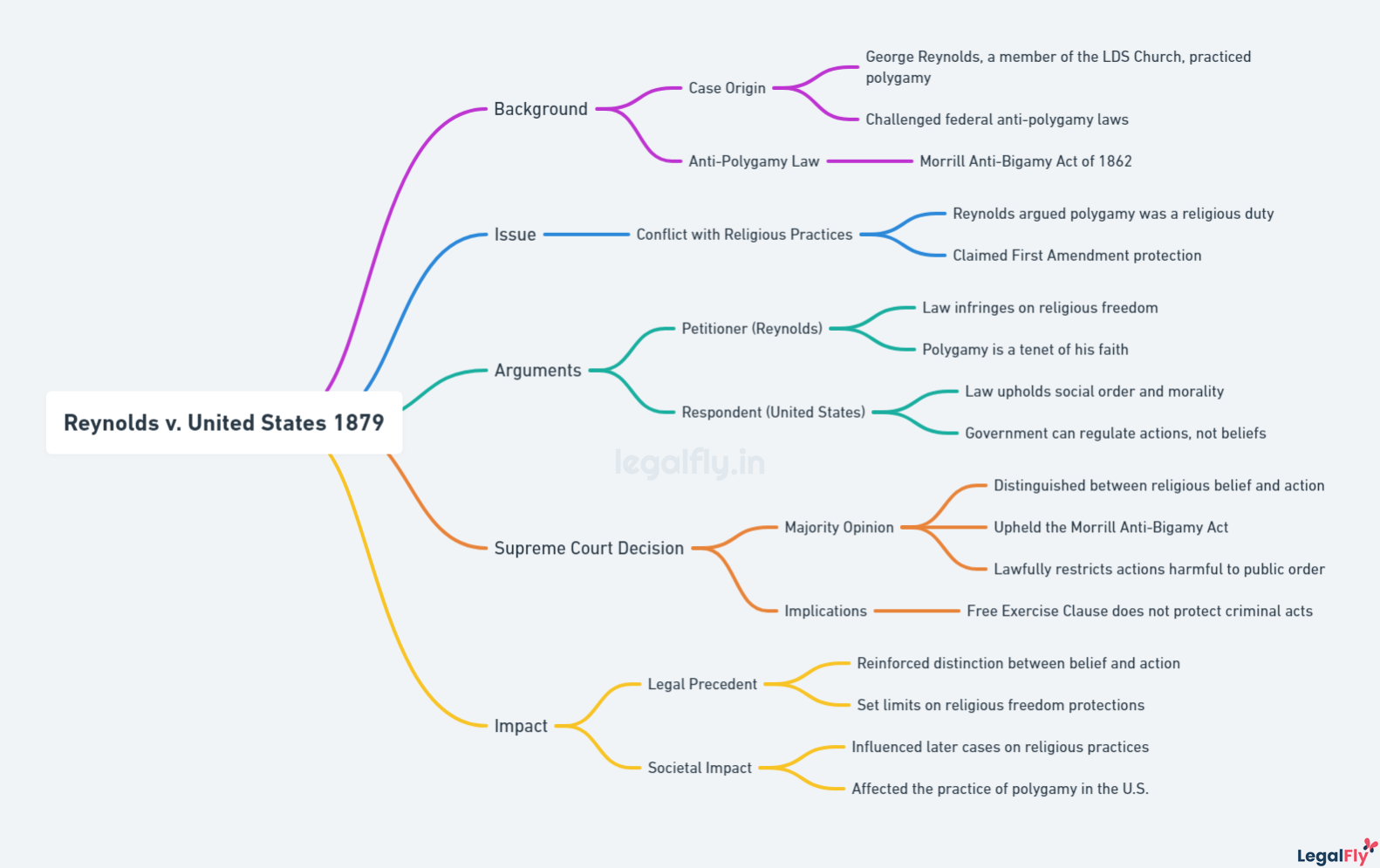
The ruling in Reynolds v. United States has had lasting effects on religious freedom and the power of federal law. By prioritizing legal standards over religious practices, the case set a precedent for future interpretations of the First Amendment, influencing how religious liberties are viewed in legal contexts to this day.
Key Takeaways
- The Supreme Court ruled that religious duty is not a defence to criminal charges.
- The case established that religious belief in polygamy could not be outlawed, but its practice could.
- This ruling set a precedent for balancing religious freedom with federal law.
Historical Context
Reynolds v. United States dealt with the conflict between federal law and religious practices within the Mormon community, mainly focusing on polygamy in the Utah Territory. Key elements include the Morrill Anti-Bigamy Act, Mormon beliefs, and the challenges of applying federal law to a unique religious practice.
The Morrill Anti-Bigamy Act
The Morrill Anti-Bigamy Act was passed by the United States Congress in 1862. It was the first federal law aimed at curbing the practice of polygamy, specifically targeting the Mormon community, known formally as the Church of Jesus Christ of Latter-day Saints. The Act made bigamy a punishable offence, setting fines and imprisonment terms for those convicted.
One key aspect of the Act was its restriction on church-owned property in the territories. This was mainly aimed at the wealth of the Mormon Church in Utah. Despite the law, enforcement was weak at first, partly due to the Civil War, and the issue persisted into the post-war period.
Mormon Beliefs and Polygamy
Polygamy was an integral part of the beliefs of many early Mormons. Introduced by church founder Joseph Smith, the practice was believed to restore ancient biblical traditions and was considered a divine commandment by many Mormons. Brigham Young, who succeeded Smith, strongly advocated for polygamy, making it more prevalent within the community.
This practice of polygamy brought the Mormons into direct conflict with mainstream American norms and federal law. For many Mormons, religious liberty included the freedom to practice polygamy, which they saw as a central religious tenet. This clash led to legal and social persecution, making the Mormon struggle a vivid illustration of the tension between religious beliefs and government policies.
Utah Territory and Federal Law
Utah Territory, the main seat of the Mormon Church, presented unique challenges for the federal government. The population was predominantly Mormon, and local governance often conflicted with federal statutes. Polygamy, widely practised and socially accepted in Utah, faced ever-growing scrutiny and legal challenges from an expanding federal government.
Federal efforts to enforce the Morrill Anti-Bigamy Act intensified in the late 19th century. Reynolds v. United States was a landmark case that tested the boundaries of religious liberty within federal law. George Reynolds, a Mormon, was indicted for bigamy under this Act, leading to a pivotal Supreme Court decision that had lasting implications for religious practice and federal oversight.
Legal Proceedings
Reynolds v. United States was a landmark case that examined the limits of religious freedom in America. Centred around George Reynolds, the case began with his conviction for bigamy and eventually reached the United States Supreme Court.
Initial Conviction and Appeals
George Reynolds, a practising member of the Mormon Church, was indicted for bigamy under federal law. He married a second wife despite existing laws against polygamy. The trial court found sufficient evidence to convict him, including testimonies and marriage records.
Reynolds initially appealed the decision, arguing his actions were protected under the free exercise of religion. The appeals court, however, upheld the initial verdict, maintaining that religious beliefs did not excuse adherence to criminal law. The Court’s decision was rooted in the principle that allowing exemptions could permit other unlawful activities under the guise of religion.
District Court’s Involvement
The District Court played a crucial role in the early stages of Reynolds’ legal battle. This Court, situated in the territory of Utah, was the first to indict and convict Reynolds. The evidence presented was straightforward, focusing on records of Reynolds’ two marriages.
Despite Reynolds’ defence citing the First Amendment, the District Court adhered to federal law, observing that personal religious beliefs cannot override legal statutes. This Court’s ruling was pivotal, as it set the stage for further judicial scrutiny and was a fundamental step in the legal proceedings.
Supreme Court Review
The Supreme Court review was the most critical phase of the legal proceedings in Reynolds v. United States. The High Court had to decide whether the First Amendment’s free exercise clause could be interpreted to allow polygamy. The Supreme Court, in a unanimous decision, upheld Reynolds’ conviction.
In this case, the Court concluded that allowing a religious exemption could lead to a slippery slope where countless laws might be flouted under religious pretensions. This landmark decision firmly established that the government could regulate actions, even if motivated by religious beliefs, provided the laws targeted actions and not beliefs themselves. This judgement was essential in defining the boundaries between religious freedom and legal obligations.
The Supreme Court’s Opinion
The Supreme Court’s ruling in Reynolds v. United States dealt with the balance between religious freedom and federal law. This historic decision set a key precedent for how religious practices are judged against the law.
Majority Opinion
The majority opinion, delivered by Chief Justice Morrison R. Waite, upheld the conviction of George Reynolds. The Court reasoned that religious duty could not be used as a defence to a criminal indictment, such as polygamy, which was illegal under federal law. They argued that the First Amendment protects religious beliefs but does not allow practices that violate established laws. This distinction between belief and practice meant that Reynolds could not avoid punishment for polygamy despite its religious roots in Mormonism. The ruling reinforced that the government could regulate actions deemed harmful, even if they were religiously motivated.
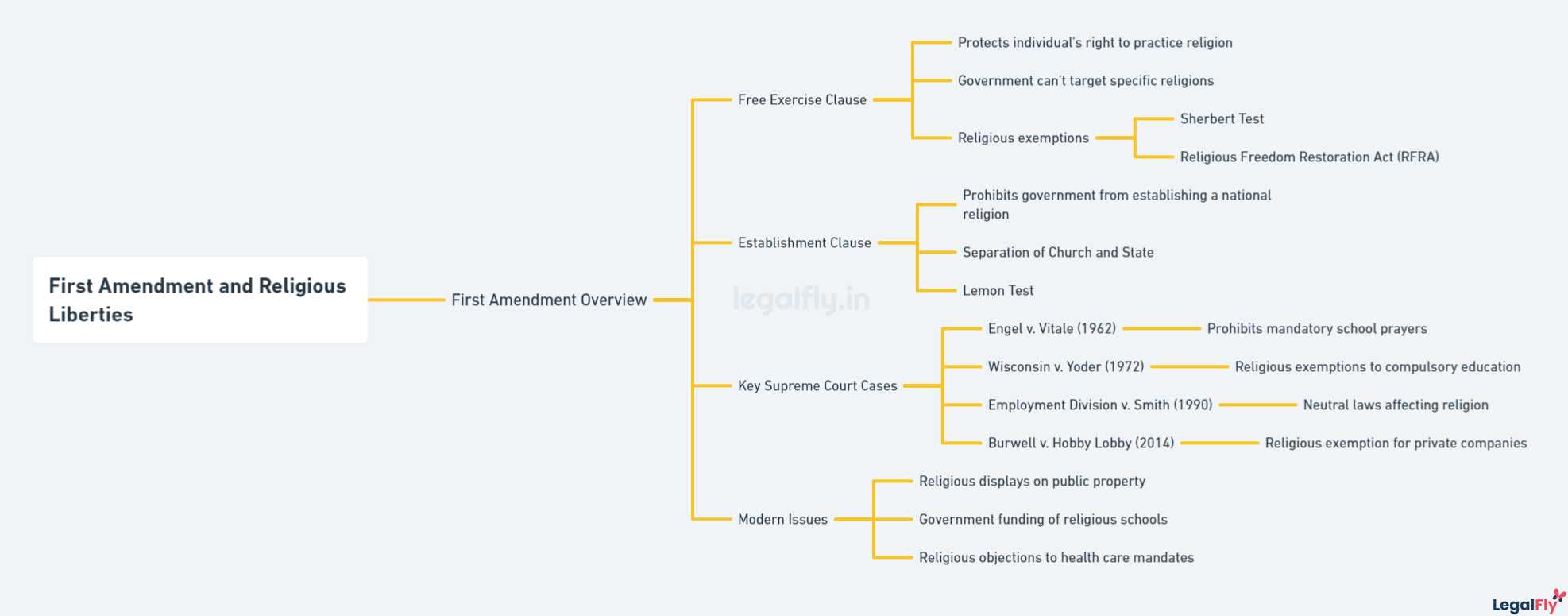
Dissenting Views
There were no dissenting opinions in this case. The decision was unanimous, with all justices agreeing on the legal principles at stake. The consensus underscored the Court’s unified stance on upholding federal law over religious practices that conflict with it. While individual justices may have had varying reasons for their agreement, the absence of dissent highlighted strong judicial support for the ruling. This lack of opposition reinforced the legal precedent that religious duty does not exempt individuals from adherence to civil laws, solidifying the Court’s interpretation of the First Amendment.
Impact and Legacy
The decision in Reynolds v. United States has profound implications for the interpretation of religious freedom in US law. This section explores how this landmark case shaped the balance between religious practice and legal constraints, redefined the Free Exercise Clause, and continues influencing contemporary debates on religious liberty.
Religious Practice vs. Legal Constraints
In Reynolds v. United States, the Supreme Court faced the challenge of balancing religious freedom with the rule of law. The Court upheld the federal law banning polygamy, despite George Reynolds’ argument that his religious beliefs as a member of the Mormon Church justified his practice of polygamy. This ruling emphasized that religious practices could not violate the civil government’s laws. It drew a clear line, showing that while religious beliefs are protected, actions stemming from those beliefs might not be if they conflict with social obligations and established law.
Reinterpretation of the Free Exercise Clause
This case was pivotal in redefining the First Amendment’s Free Exercise Clause. The Court ruled that while the First Amendment guarantees the freedom to believe, it does not necessarily protect the freedom to act on those beliefs when such actions are deemed unconstitutional. Such an interpretation played a significant role in shaping subsequent jurisprudence on religious liberties. It established that the law of the land takes precedence over religious practices, setting a precedent that religious activities must align with societal laws and norms.
Contemporary Relevance to Religious Liberty
Today, Reynolds v. United States remains relevant as it is often cited in discussions about religious liberty. The principles established in this case continue to inform debates on the limits of religious freedom versus legal and social obligations. It serves as a reference point in more recent Supreme Court cases addressing the tension between religious beliefs and statutory requirements. This historic case underscores the continued struggle to find a balance that respects religious practices while upholding the constitutionality of civil laws. In this case, the interpretation of the First Amendment still influences contemporary judicial decisions, reflecting its enduring impact on American legal and social landscapes.
Theological and Ethical Considerations
Reynolds v. United States addresses the balance between religious freedom and legal obligations. The case provides a crucial examination of how religious beliefs intersect with public policy and societal norms.
Church-State Relations
The decision in Reynolds v. United States underscores the delicate balance of church-state relations in the United States. The Supreme Court’s ruling, which upheld the federal law against bigamy, relies on the principle that religious beliefs do not exempt individuals from following general laws. This ruling aligns with the concept of the wall of separation between church and state, a phrase coined by Thomas Jefferson in a letter to the Virginian Danbury Baptist Association.
Jefferson’s idea emphasized that government should not interfere with religious worship, nor should religious institutions have undue influence over public policy. The Reynolds case reaffirms this stance by distinguishing between religious belief and actions, implying that one’s religious belief cannot justify actions that conflict with established law, such as bigamy. This interpretation solidifies the Court’s role in maintaining a secular legal system even as it respects individual faith.
Social Norms and Individual Rights
This case highlights the tension between social duties and individual religious rights. The Mormon Church, which practised polygamy, found itself at odds with mainstream American societal norms, which primarily valued monogamous marriage. The Supreme Court ruled that while religious belief could be sincere, it did not grant individuals the right to engage in practices, like bigamy, that were deemed harmful to the social fabric.
The ruling indicates that social norms enforced through common law take precedence over religious practices that might threaten public order. This point is significant as it establishes a precedent that religious groups must adhere to societal standards and laws meant to promote the common good and social order. The Court’s decision reflects an ethical stance prioritizing overall social welfare over individual religious practices.
Frequently Asked Questions
What was the Reynolds v. United States case about?
Reynolds v. United States was a landmark 1879 Supreme Court case that addressed religious freedom and polygamy. George Reynolds, a member of the Mormon Church, was charged with bigamy for having multiple wives. He claimed his religious beliefs protected this practice under the First Amendment.
What was the Supreme Court’s ruling in Reynolds v. United States?
The Supreme Court unanimously ruled against Reynolds, upholding his conviction for bigamy. The Court determined that while the government cannot interfere with religious beliefs, it can regulate religious practices that conflict with general laws. This established a crucial distinction between religious belief and conduct.
How did Reynolds v. United States impact religious freedom in America?
Reynolds v. United States set a significant precedent for religious freedom cases. It established that the Free Exercise Clause of the First Amendment does not exempt individuals from following generally applicable laws, even if those laws conflict with their religious practices. This ruling continues to influence religious freedom jurisprudence today.

